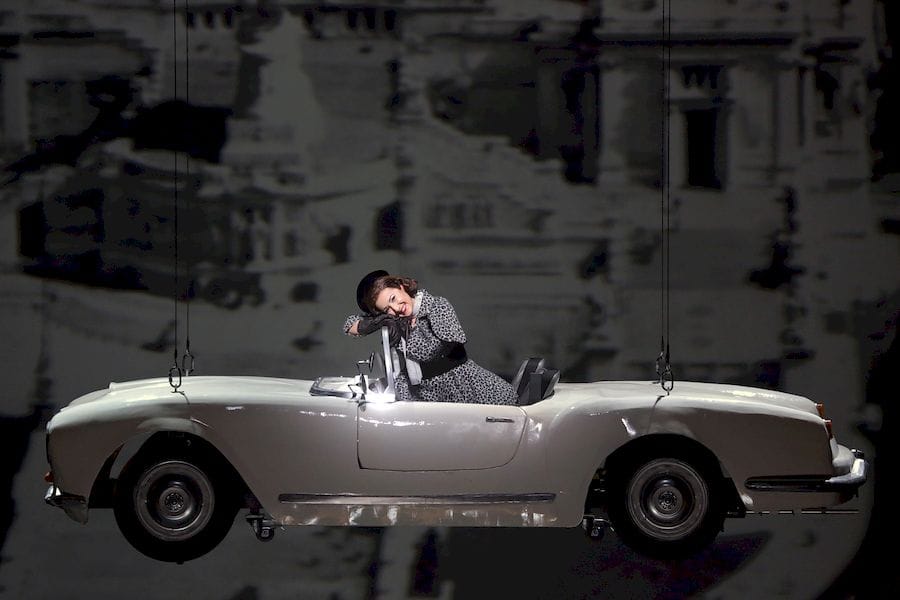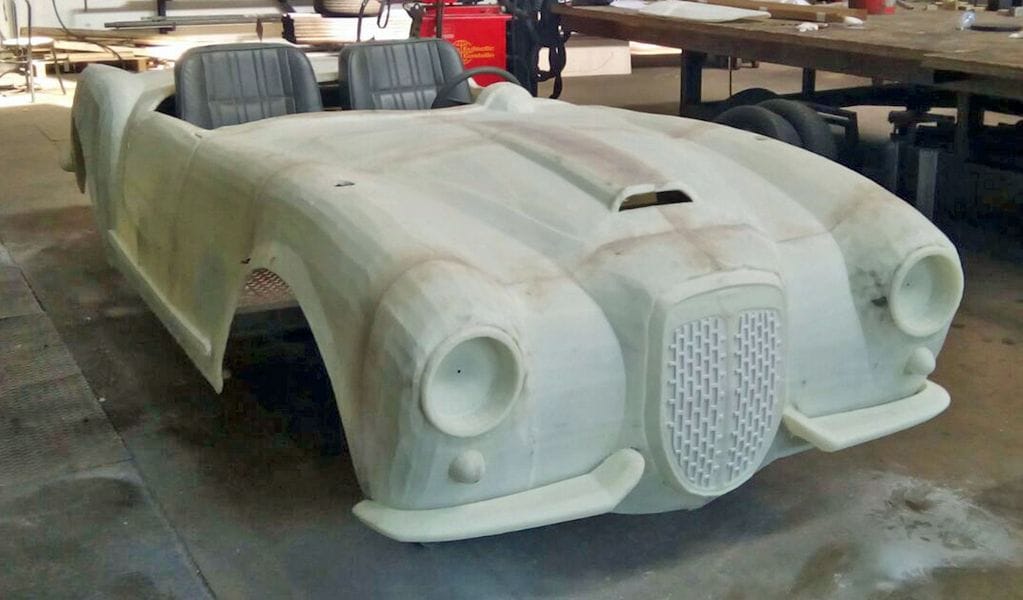
There’s a very interesting story that’s slowly being told, industry after industry. This is one of them.
In Milan, Europe’s largest Opera House, La Scala, was to put on a performance of Don Pasquale. During one of the scenes, the production managers and set designers decided the soprano was to sing from within an automobile, floating above the stage.
The problem was that the particular automobile they desired, a Lancia B24, was quite heavy and hard to find. They decided to reproduce it, rather than use an actual version of the car, to avoid this weight.
This seems rather ambitious, but they found a way to make it happen.
They connected with ColorZenith, a Milan-based printing service, who just happen to operate a ultra-large format 3D printer from Massivit.
Massivit 3D printers are designed to produce large displays or artwork. Typically prints from these machines are used for advertising purposes: an example might be a gigantic bottle on display at a trade show.
But opera is quite different from a trade show.
The folks at ColorZenith undertook the project and were able to quickly design a replica of the Lancia B24, at least from the outer surface point of view.

They subdivided the model into four parts to enable it to fit within the Massivit 3D printer’s build volume – showing how large a 3D print this would have been. Printing took a total of only four days. They explain what happened next:
Once printed, the car was sanded and strengthened with an internal metal frame to withstand the month-long performance. The team also glued headlights, mudguards and door handles to create a more lifelike appearance and provide a whole new immersive experience for theatre audiences
That’s a terrific use of 3D printing tech: they were able to very quickly produce a unique object for use on stage, and solved the weight problem very well: apparently the final print weighed only 50kg, sufficient for stage work.
But then something interesting happened, if you watch the video of the project:
After this experience, the folks at La Scala and their suppliers realized that they could create virtually any required stage object using this approach. And do so more quickly and with greater function than traditional methods.
Now it seems they’ve taken on this as a more standard approach to making stage props, all as a result of one exposure to 3D printing technology. It may be that the opera – and stage – communities may soon catch on more widely, and this could become a standard method for all of them in the future.
While this is but one single industry, there is a message here: industries should try 3D printing to see how it can fit within their space. It’s quite possible there may be some big surprises awaiting.
Via Bespoke and ColorZenith (Italian)

